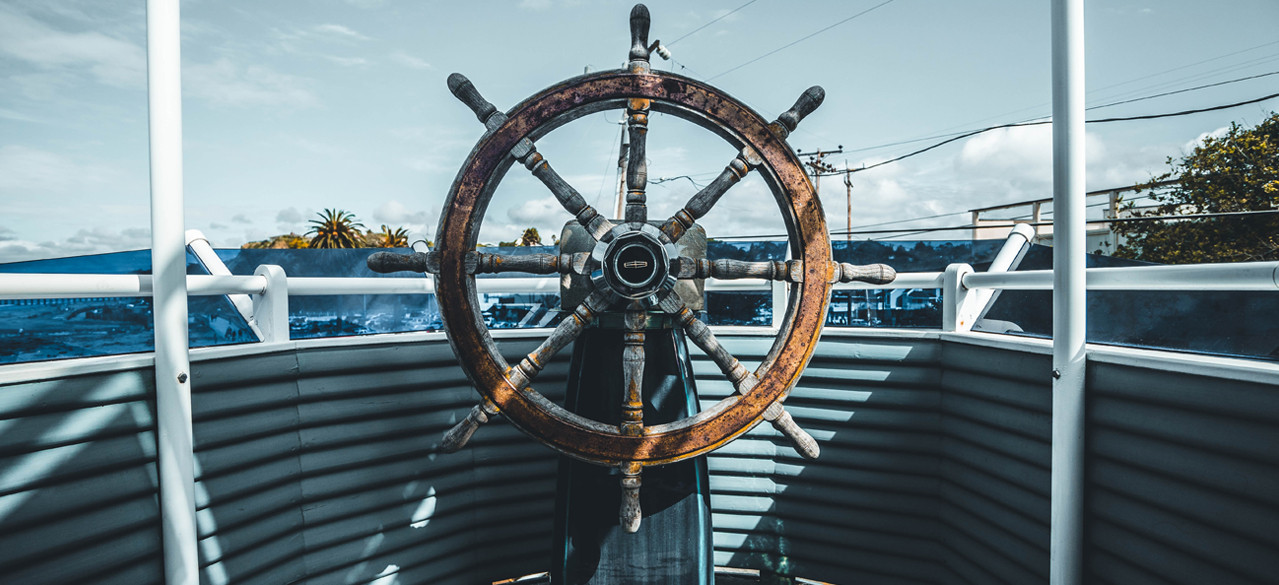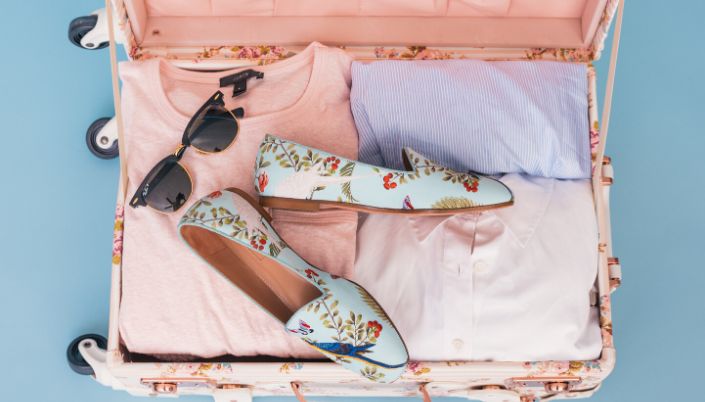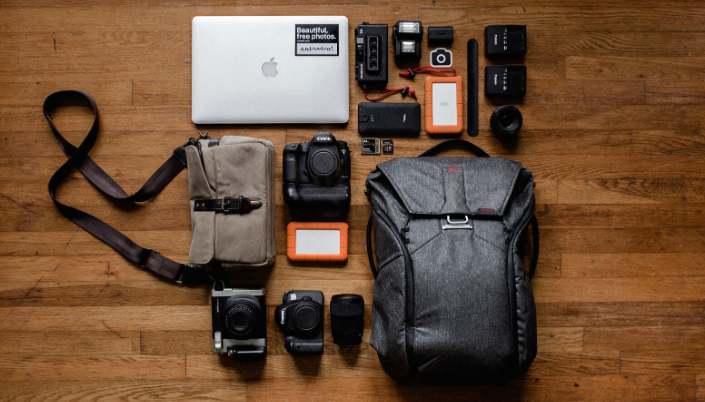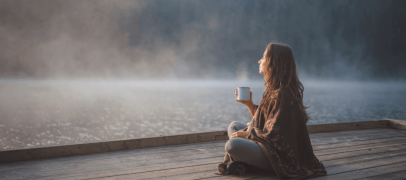

Don't Take These on an Adventure Trip
08 Feb 2018 by Olga Brighton
One of the downsides of going on an activity break, or adventure holiday is deciding which items to pack and what to leave behind.
The last thing you need if you are off on your next great adventure is to be lugging heavy baggage around with you, so think wisely about what you really need if you’re considering hunting out hidden gems, or hiking in the Himalayas.
Unless you are on a luxury tour, no one will carry your bags for you, so this means it will be you navigating your way through airports, on and off local transport and possibly through crowded streets. So choosing the best bag for the trip that fits all you need is essential. Maximizing space is important, so avoid items that you don’t really need that will weigh you down and could get lost or damaged.
It’s simple; if don’t (really) need it, don’t take it. Here are the items you don’t need to pack for your adventure trip.
Jewelry and Valuables

Even though they are ‘nice-to-have’, it’s not worth it. You’ll probably use them once or twice in a trip, and bringing them along only raises the risk of theft, loss or damage. It’s never a good idea to take favourite or expensive items away when travelling, but in any case, make sure you buy travel insurance to ensure that anything you do decide to take is protected.
More’s the point, if you’re on a backpacking trip, wearing jewelry could cramp your haggling and bargaining potential, as you will look like you can afford to pay a higher price!
Camera Zoom Lens
Bulky and expensive camera lens’ are tempting to bring along, especially if you are exploring the great outdoors, but think about the extra weight, as a typical camera zoom lens is bulky, cumbersome and will take up more than its fair share of space in your bag. Think about whether your cell phone camera is up to the task, or a waterproof and shockproof camera. These are designed for outdoors and are handy and easy to use. You’ll reduce the risk of damage or theft of your expensive zoom lens too.
Read also: 13 Travel Guru Tips That Will Save You Time, Money and Stress
Too Many Clothes
Clothing is the bulkiest part of your bag. Work out what you plan to do and chose clothes that suit. Think about items of clothing that are flexible and can be adapted to suit changes in weather. Items that can be layered, and that pack up small are best. Cotton keeps you cooler while synthetics pack thinner and they dry faster.
Too Many Shoes

This is one of the worst errors you could make. Packing the wrong shoes, or too many pairs, will cost you dearly in space and weight and guarantee that you bag is heavy and cumbersome. The best thing to do is bring one pair of hiking or sports performance shoes and maybe one other pair of lightweight canvas pumps and flip-flops which pack up small. Skip the matching shoes with clothes temptation. You’re on an adventure trip, not a fashion show.
Bulky Towels
One of the bulkiest items to leave behind is a towel. There are many alternatives you can take instead. Most hotels will offer towels and you can ask in advance at any hostels you plan to stay in too. If in doubt, bring a swimmer’s towel, which is thin but super absorbent.
More Than One Jacket
When your adventure involves going to a cold climate, just bring one jacket or coat. Be savvy about the kind of item you need (ideally lightweight, with a hood, lots of pockets and possibly removable lining and protective collar for high winds). Bringing two or more is impractical and too hard to carry around.
Extra Gadgets

Only bring the gadgets that you really need. Don’t bring too many devices for the same purpose. Your mobile phone could be your phone, camera and music player in one. Laptops and expensive cameras are prime targets for theft and are easy to damage, so leave what you can at home. Make sure you bring a portable charger and adaptors and ideally gadgets that share the same charger, so you avoid carrying too many chargers and ports.
It’s important to have valuables travel insurance if you do decide to take such items with you, so you can make sure all your belongings are safe.
Adventure trips involve physical stamina and endurance. If you’re carrying too much luggage this won’t help you. Make your forest trek or hiking trip, or mountain hike as enjoyable as possible and leave the excess baggage behind. Just focus on what you’ll really need.
Whenever you travel, check the latest travel advice from the FCO before you go and stay safe.
Read also: 9 Questions to Ask When Choosing Your Travel Insurance
We accept

